
STORIES
17-02-2021 by Freddie del Curatolo
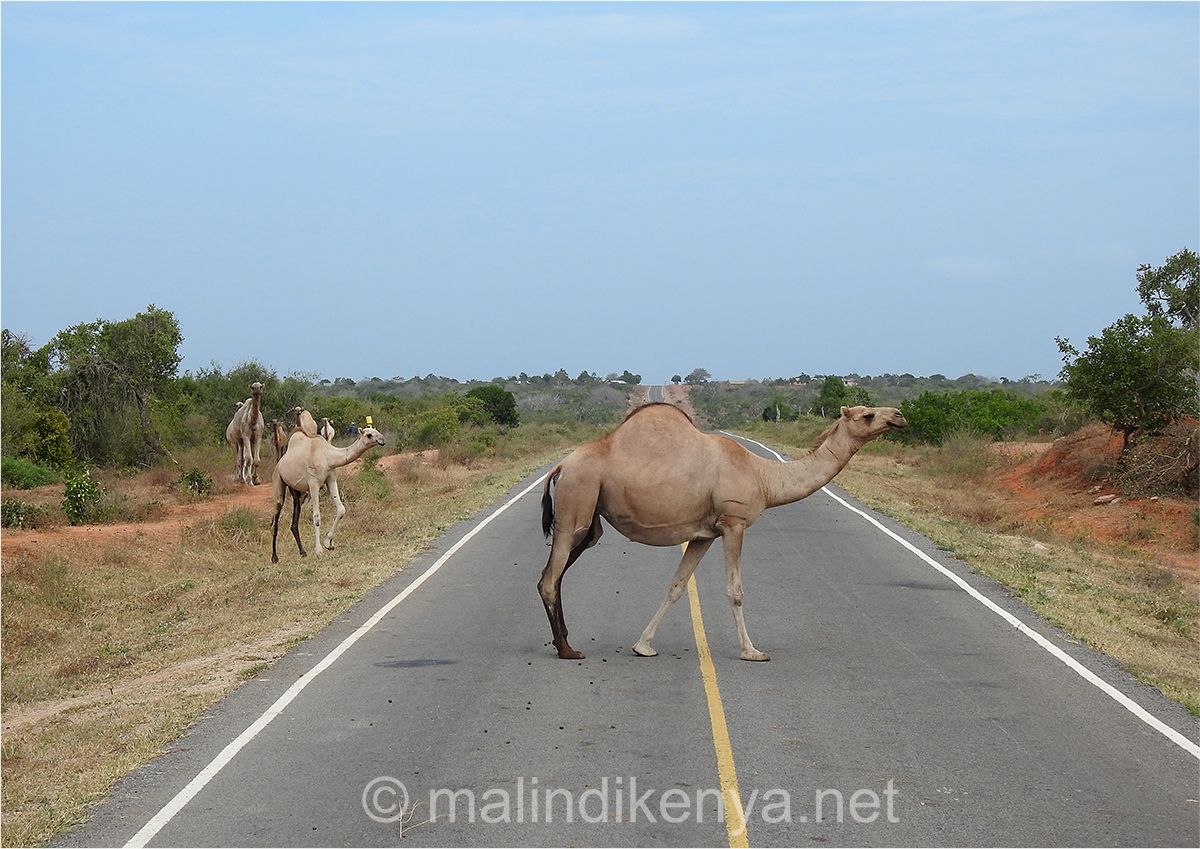
Until a few decades ago there were not so many camels in Kenya.
The areas where they were used by local herders were mainly the semi-arid areas from Marsabit to Lake Turkana, the Chalbi desert and the Somali border strip.
The Borana and Gabra, in particular, have always managed herds of cows and camels. Their resistance to the hottest climates and the possibility of providing very nutritious milk and, if necessary, meat, have made them an important resource. Not to mention the fact that, like donkeys, camels are transport vehicles capable of carrying hundreds of kilos.
In their areas there are markets for buying and selling camels and the important Maralal Camel Festival, with prizes for the best breeders and specimens and competitions that, in times of tourism, attracted thousands of visitors because of the uniqueness of the event in all of Sub-Saharan Africa.
Things have changed recently: climate change and less predictable weather patterns have changed the habits of semi-nomadic tribes.
The drought at the turn of 2005-2006 also meant that the herds of cattle, goats and sheep of pastoralists in northern Kenya declined by a third in a single year, leading to starvation for a large part of the population who rely solely on livestock for survival.
The exponential increase in camel breeding is thus explained, and gradually other tribes, such as the Orma and small Somalian tribes, began to do the same in other parts of the country. Camels were largely imported by Somalis in the 1980s, and for the past ten years or so the trade has had a new impetus.
The use of camel meat in butchers' shops, even more so than that of donkeys, which made up for the lack of beef and the rising prices of goat and lamb, convinced many herders, even in southern Kenya, to convert some of their livestock.
They gradually realised that camels need less water to live, eat a wider variety of vegetation and produce up to six times more milk than indigenous cattle species. In just ten years, from 1999 to 2009, the camel population in Kenya increased from 800 000 to 3 million. Today, it is estimated that they have already doubled in numbers.
So it is no coincidence that just outside Malindi, on the tarmac road leading to Tsavo National Park, large herds of camels are constantly seen, accompanied by herders of Somali origin, on their way from the Tana River regions and those closer to Somalia, such as Hola and Garissa, to the markets of the Rift Valley, where they are sold, mainly for slaughter.
The breeding of camels and their spread to other parts of Kenya has certainly created new revenues and improved food security, but it is not yet supported by any government programme to ensure a long-term process, with safe and adaptable conditions, promoting the health of the animals and their better yield, activating channels for the milk trade and regulating the meat trade, if necessary. Especially to avoid epidemics and diseases that can also be transmitted to conventional livestock.
As always, the risk is that some people will only take an interest in the phenomenon when they can "eat" on it and not because of the real need to take countermeasures and the ability to look forward to a sustainable future that would be good for everyone.
In any case, this sign of changing times confirms that man, at any latitude, when he has to activate his "antibodies" for survival, is forced to use ancestral and tiring methods such as migration. Sometimes even within the homelands themselves, where action could be taken to prevent these changes in work and lifestyle from slowly turning into even more drastic migrations of people who leave their places driven by the instinct for survival and the dream of a better life.

It 's true, as he wrote Ryszard Kapuscinski, one of the most precise thinkers and evocative of Africa, the story, the Black Continent, is transmitted orally and legend becomes myth, but the culture, prose and literature need of paper, of pages,...
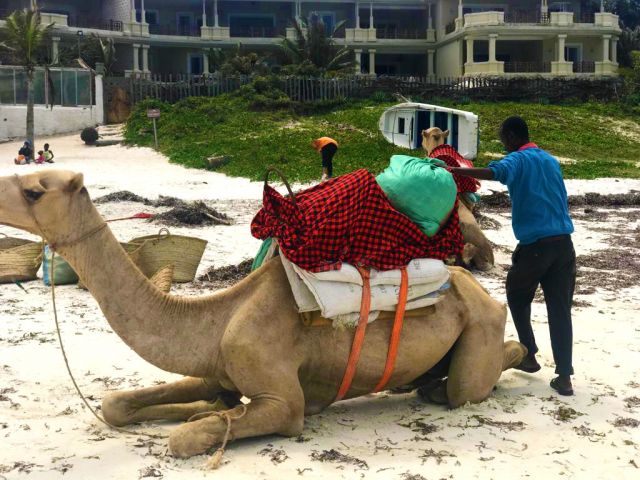
The beaches of Watamu and Malindi are getting cleaner and cleaner thanks to the initiatives of the...
EVENTS
by redazione
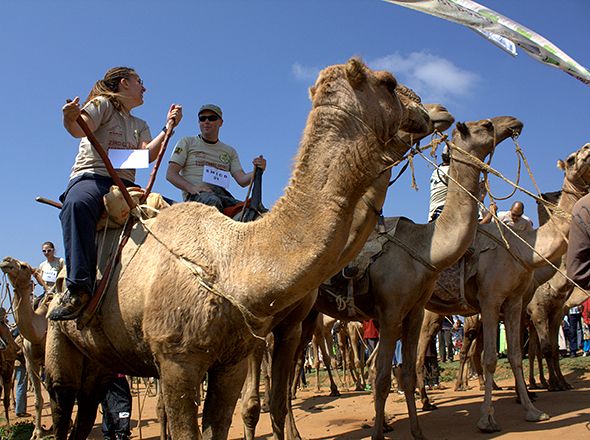
This year, the first week of September also marks a unique event in sub-Saharan Africa: the "Maralal International Camel Derby".
The international camel festival is held on Saturday and Sunday in the Kenyan town of Maralal, in the Samburu region,...
LATEST NEWS
by redazione

FOCUS
by Freddie del Curatolo
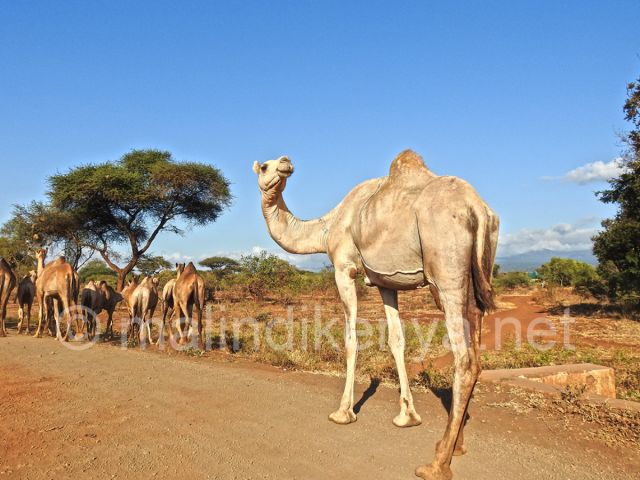
The damage of drought, desertification and consequent climate and vegetation change in Kenya is well...
NEWS
by redazione

They shot her in the middle of the night at the stomach, yet it is unknown whether she is intimidating or intending to kill her.
Venetian writer and conservationist Kuki Gallman, owner of a ranch in Laikipia, Kenya's Rift Valley,...
ENVIRONMENT
by Freddie del Curatolo

We did not have time to mourn the loss of the doyen of the lions of the Amboseli National Park, Lonkiito...
PEOPLE
by Leni Frau
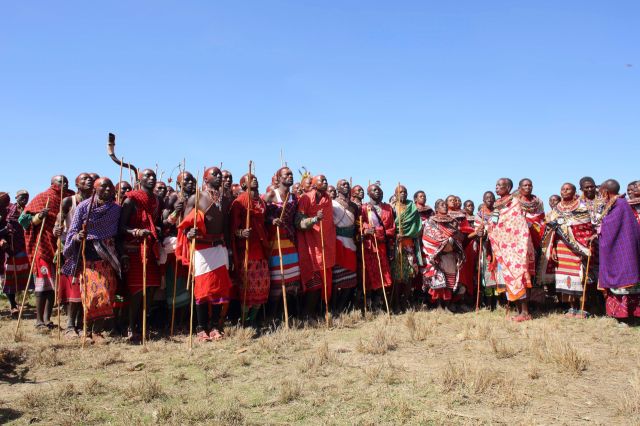
In the dusty plains of northeastern Kenya, shaded by acacia trees, six old men can be seen sitting...

For the resurgence of tourism and for today's tourism, made up of local travellers and foreigners inclined ...
STORIES
by redazione
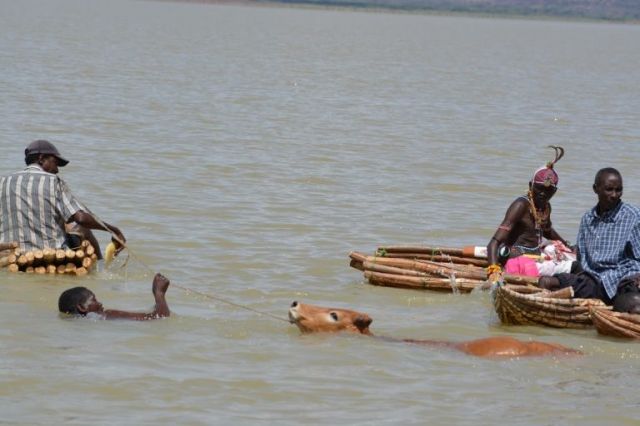
This is Africa too.
An ancient...

Another step towards the abolition of tax barriers and the implementation of bilateral agreements...